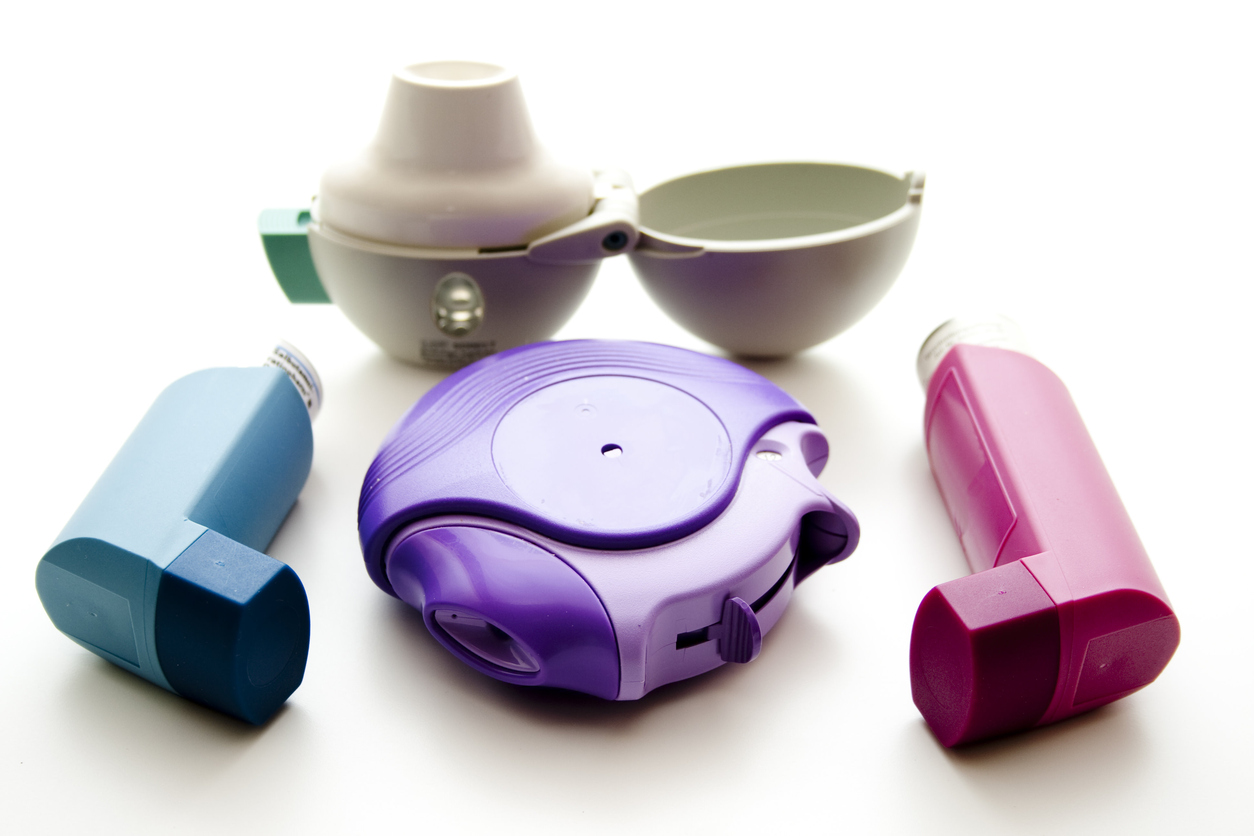In another generic drug Guidance issued in the beginning of the year, OGD Guidance tsunami, FDA has provided advice on how to decide what might be necessary to gain approval of an ANDA, where there is a drug-device patient interface. FDA notes throughout the Guidance that each ANDA will be evaluated on a case-by-case basis and the deciding factor will be that (as first explained in an old petition response to King Pharmaceuticals) “[i]n general, FDA expects that end-users of generic combination products, including but not limited to lay-persons, such as patients, and/or caregivers, can use the generic combination product when it is substituted for the RLD without the intervention of the health care provider and/or without additional training prior to use of the generic combination product.”
While FDA does acknowledge that some minor differences may be allowed, they also discuss the increase in requirements, as the generic device interface difference moves from minor to major. FDA’s advice – make the device as similar as possible. As differences are necessary, then human factor studies may be necessary and the hurdle increases as the degree of difference increases.
The Guidance provides examples of how to approach differences, but the Agency’s cautious language throughout the document makes it clear that each difference will require a look under the microscope by the Agency before those differences are permitted in an ANDA. FDA also advises that firms that are proposing drug-device combination products, with a clear difference between the two products, seek advice from the FDA prior to submission of an ANDA to determine if there may be a path towards generic approval. The full draft Guidance document can be found here. Be sure to take FDA’s advice seriously, as it could save you and the FDA precious time and costs.




